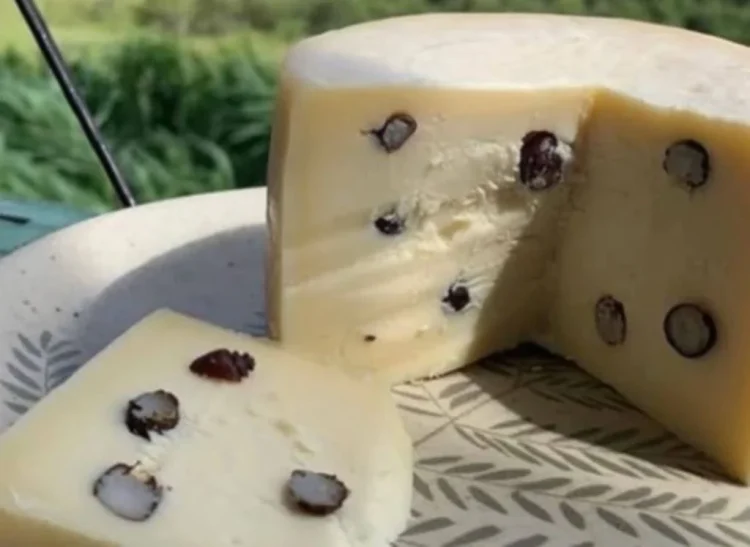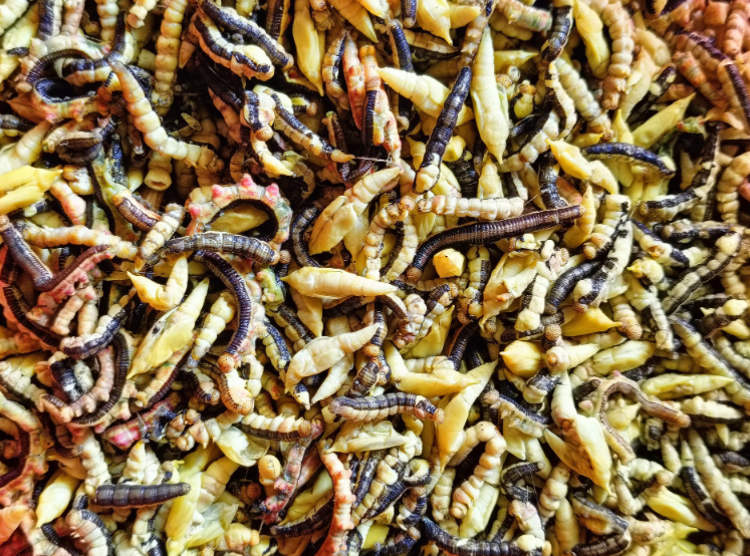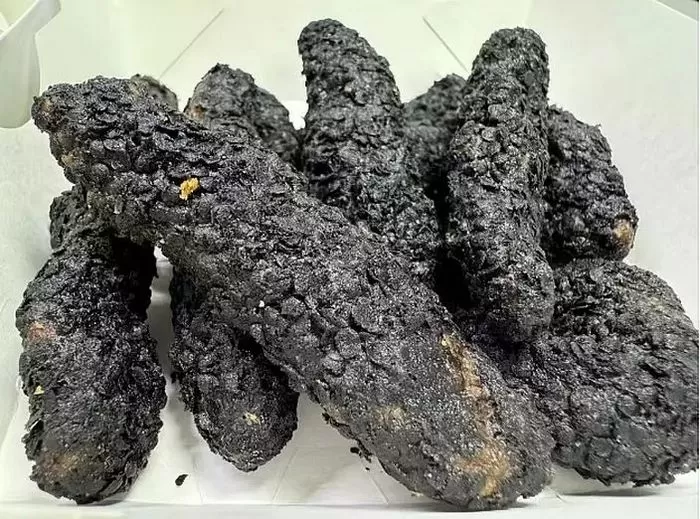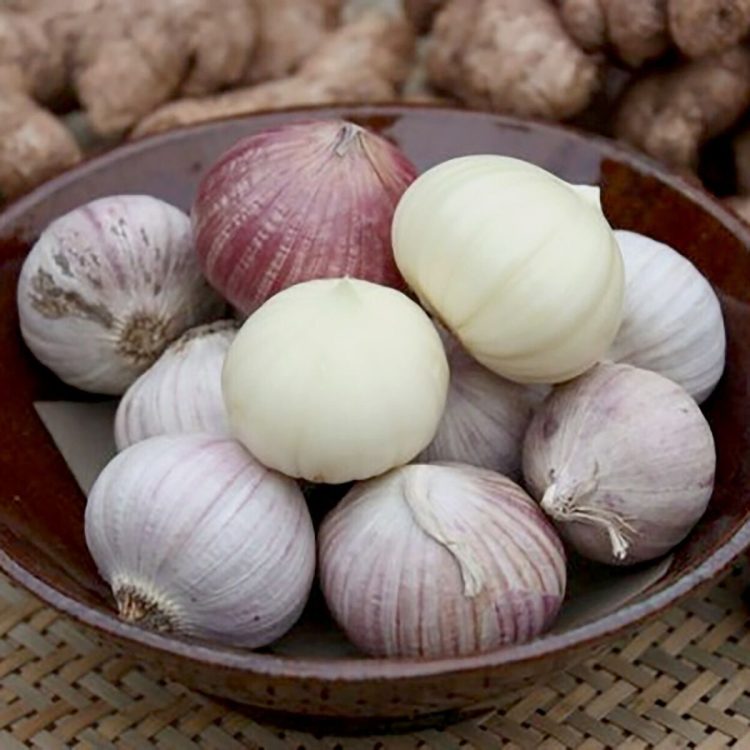For thousands of years, the eggs of a species of water insect have been consumed as a ‘food of the Gods’ which has come to be known as Mexican caviar.
Lake Texcoco, a shallow body of water on the outskirts of Mexico City, is home to an aquatic insect of the corixidae family, which is technically a water fly that most locals refer to as a mosquito. That confusion is less important, though, as it’s the insect’s eggs that people are interested in. Known as ahuautle – loosely translated as ‘seeds of joy’ – the tiny delicacies are about the size of quinoa seeds and have a pale golden color. They have been consumed since the days of the Aztec Empire, but today only a handful of fishermen are known to still be harvesting the eggs, and few young people even know about the existence of this unusual ‘caviar’.
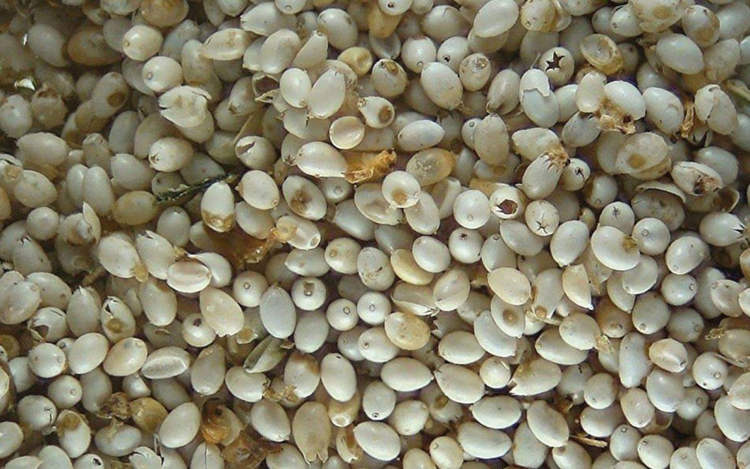
Photo: InfoG/Facebook
Farmers harvest ahuautle by placing hand-woven reed nets just under the water’s surface for up to three weeks. During this time, the water flies lay thousands of their eggs on the reed, which are then extracted and left out to dry in the sun until all the moisture is gone.
Ahuautle is usually served as croquettes, mixed with flour and eggs and fried in hot oil. They are reportedly delicious, but few restaurants in Mexico City still have them on the menu, for a variety of reasons. Firstly, insect eggs aren’t as popular with younger generations, and most young people don’t even know such a thing as an edible water fly exists. Then there is the growing problems in sourcing the raw ingredients that restaurants are struggling with.
Harvesting ahuautle is a dying tradition in Mexico, with only a few farmers still practicing it on the fast-drying Lake Texcoco. This scarcity has caused the price of ahuautle to skyrocket in recent years, even though the demand for insect eggs hasn’t exactly been going up. In 2019, the BBC reported that the price of a small jar of ahuautle started at 400 Mexican pesos ($20), while a kilo of beef cost four times less. That only made the nickname “Mexican caviar” even more popular.
So how does this unusual food taste? Well, we haven’t tried it yet, but according to those who have, it’s an acquired taste. Ahuautle is said to have a strong fishy taste reminiscent of the tiny dried shrimp used in East Asian cuisine.
Interestingly, ahuautle isn’t the only dish known as “the caviar of Mexico”. It shares that nickname with ‘escamol’ a mix of larvae and pupae of two different species of ants.





